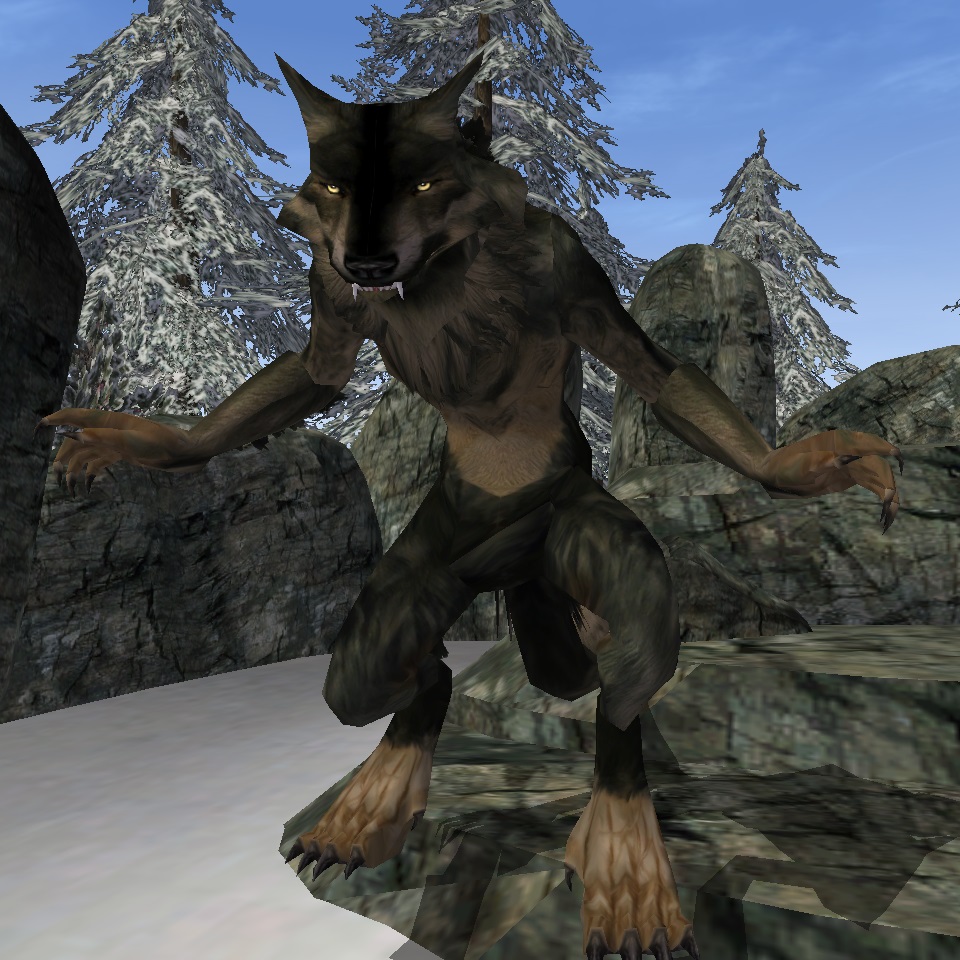The problem is the class/enemy design. Everything is about making all those numbers bigger and bigger continuously. Japanese cartoon porn games for example have taken this to an extreme by having their games often start characters as a guy who does 10 damage a hit with 50 hp and turns you into a guy who does 9999 damage with 9999 hp. Builds then in general often turn into whether you want your hp, melee damage, magic damage, etc. maximized. It is understandable though since the systems were original designed for a board game where you can't have too many rules or complicated systems otherwise it would take forever to get through a character's turn in Pen & Paper with all the calculations.
You can't appeal to any complexities like: plate armor was designed to make a character practically impervious to the weapons of the era, so if you wanted to kill him, you had to use specialized techniques and specialized weapons (even though these were not very effective near the end of the Renaissance). Archery? pretty much a non-option. Maybe you could use it for a psychological advantage and if you're lucky, kill a horse or hit the knight in one of the few unarmored spots. Bladed weapons? you had to resort to grappling and specialized techniques in order to even be able to kill the guy. You're not stabbing your way through that steel. Blunt-objects? Good plate armor with padding underneath as was typically worn was great at shock distribution to the point where at best a person would hear a loud clank if hit in the head. Everything about fighting such a heavily armored guy was grappling, tripping, and doing all manner of things to try to circumvent the armor. In fact, most of the time. Even the existence of canons didn't change the status quo in medieval warfare. It took economics to change it. The only reason plate armor went out of fashion is because there was a large population boom where the pool of conscripts started to really overwhelming the typical men-at-arms classes and it turns out thousands of guys in maybe a breastplate and helmet in mixed weapon brigades were much more cost effective than knights and can regularly defeat the traditional men-at-arms. See:
https://en.wikipedia.org/wiki/Burgundian_Wars
If anything the commonality of armor only disappeared in the late 17th and early 18th century when firearms and tactical development well outstripped what was possible with plate armor as soldiers and mercenaries still used breastplates and such if they could afford them up to that point.
What does a ruleset do though? Plate armor increases AC to reduce hit chance, so you're less likely to damage the guy. But you just have your character attack the seeming same way as he does everything else and then he "hits" instead of "misses" and now does damage. Meanwhile, AC also includes the ability to evade damage, so there's no mechanical difference between a guy with say 20 AC in plate vs. 20 AC naked with dex and dodge in the 3e+ D&D or similar rulesets if we ignore flatfooded (Dex guy is much less likely to be flatfooted anyways due to initiative bonuses). If the game doesn't have hit chance, it's just damage reduction so you just have to wack the guy more with your sword. Though 3e for example does have grappling and maneuvers in its ruleset, this isn't the case in general for rpgs as it usually just comes down to make your hp and damage numbers big.
If the ruleset wanted to represent how armor effective fighting, there would be more there than simply AC, bonus to hit chance, saves, damage reduction, and hp.
Second there's the need for "challenge" or "difficulty" where for some reason, rpg developers believe that the average enemy you start fighting should stay as strong relative to your character regardless of what they've been actually doing. If you're character just spent the last year clearing out bandit camps and undead infested ruins, then should a campaign where you're fighting enemies that are anatomically the same as the enemies you've previously been fighting with maybe some extra training and better gear over your previous enemies who maybe have been nothing but soldiers or watchmen on guard or garrison duty be any challenge to your characters in even numbers? If they are kept the same strength as before and the numbers are increased to compensate for their lack compared to yours, why should you even fight them? At the same time? Why would you suddenly be able to stand still and endure twenty or maybe thirty of their attacks while you one-shot all of them?
At the same time because these are "rpgs" any """"difficulty"""" usually just comes down hp and damage bloat because that's usually the only thing that can be done. On top of that, the """difficulty""" is trivialized simply by min-maxing before even starting the game. (Was it really there to begin with?)
In mmos, the most iconic example is EverQuest. At first, is the typical high fantasy fictional world ruled by gnome merchants like FriendlyMerchant.
Just because you're an honorary Merchant's Guild Associate doesn't mean you can leak our secrets.

















